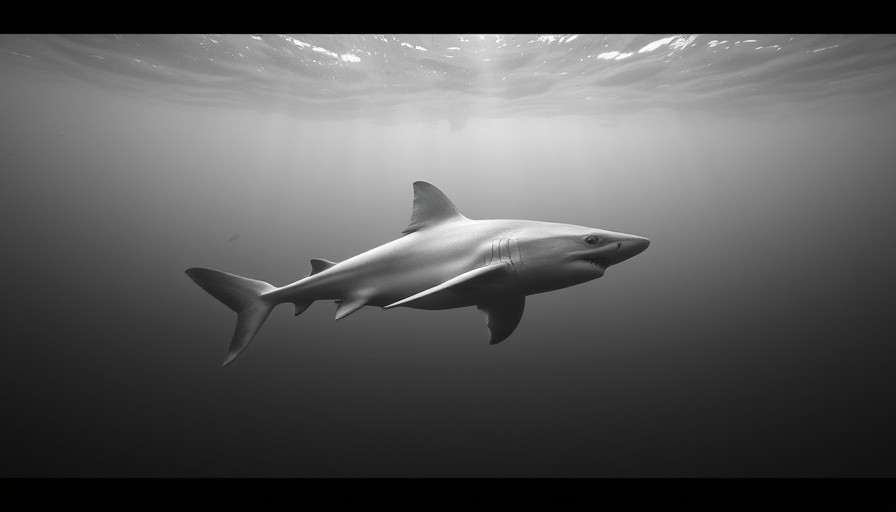
Juvenile White Shark Spotted Off the Florida Coast
In an exciting development for marine enthusiasts and shark lovers alike, a juvenile white shark was recently captured on video swimming gracefully near Tarpon Springs, Florida. The shark, measuring 7½ feet in length and believed to be around 13 years old, showcases the vibrant marine ecosystem that thrives off the Gulf Coast. This remarkable sighting comes thanks to the Florida Fish and Wildlife Conservation Commission (FWC), who was conducting their Gulf Fishery Independent Survey of Habitat and Ecosystem Resources (G-FISHER) at the time.
Understanding Shark Behavior and Their Role in the Ecosystem
The footage released by FWC shows the juvenile shark swimming leisurely, giving viewers a glimpse into its natural behavior. White sharks, known for their powerful presence in the ocean, play a crucial role in maintaining the balance of marine life. As apex predators, they help regulate populations of other species, which in turn benefits the overall health of the oceanic environment.
Importance of Shark Conservation
While sightings of juvenile white sharks are thrilling, they also serve as a reminder of the importance of shark conservation. Numerous species of sharks are facing threats from overfishing and habitat loss. Public interest in these magnificent creatures is growing, especially as events like Shark Week raise awareness about their vital role in marine ecosystems. Engagement with conservation efforts can help ensure that future generations can marvel at sharks too.
What This Means for Beachgoers
For those who frequent Florida's beaches, the presence of sharks should not be a cause for alarm. Instead, it's an opportunity to deepen understanding and respect for these creatures. With educational initiatives on shark safety and conservation, beachgoers can learn how to coexist peacefully with these fascinating animals. Local authorities recommend staying alert and following safety guidelines when swimming in ocean waters.
Looking Ahead: Future Shark Sightings
As we anticipate more news about shark sightings in Florida, this unique moment highlights the rich biodiversity that exists in our waters. Continued monitoring and research are essential for understanding shark populations and their behaviors. As summer approaches, it's likely that more encounters with these remarkable animals will occur, further fueling discussions about their significance in our oceans.
Engage with your local community to support shark conservation initiatives. Attend beach clean-ups, participate in educational programs, and help spread the word about the importance of these amazing creatures!
 Add Row
Add Row  Add
Add 




Write A Comment